Customization
makes every OBJECT
your promotional item
We have always produced customized products for the Ho.Re.Ca. sector (acronym for Hotellerie Restaurant Cafè).
Our mission is to create personalized objects, unique items, to stand out with style and personality, taking care of every detail and creating an atmosphere that will be remembered.
Our customer service will guide you in choosing the most suitable type of customization for each object.
Let’s see below the characteristics of our printing and decoration systems:
silk-screen printing

Silk-screen printing is a printing technique that uses a screen printing frame on which a fabric – generally polyester – is stretched and the ink passes through it in the areas not waterproofed with specific emulsions. This technique allows printing even on non-flat supports, and is the ideal solution for glass glasses and bottles.

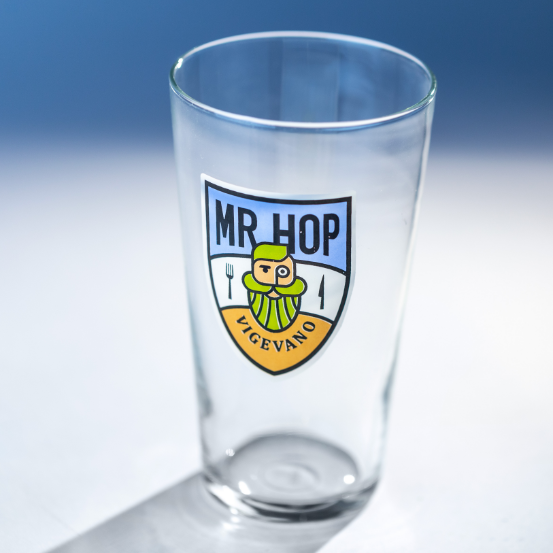

Hot stamping, direct or indirect, can be done in one color or in multiple colors or with precious metals. It is a technique that allows you to print on many materials and is used for the quantity of color and coverage it can obtain.
On glass
Silk-screen printing on glass allows infinite decoration solutions. It meets the requirements of resistance to dishwasher washing and current regulations for materials in contact with food.
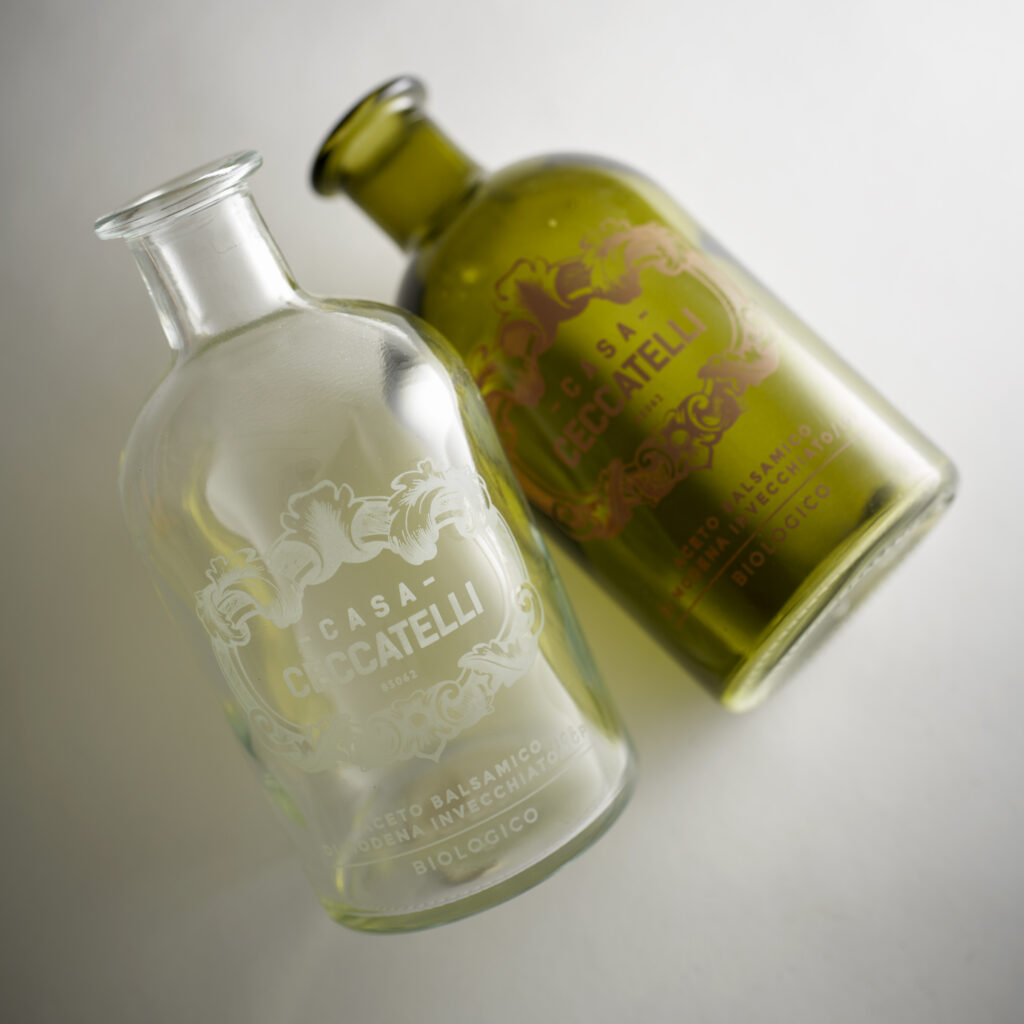

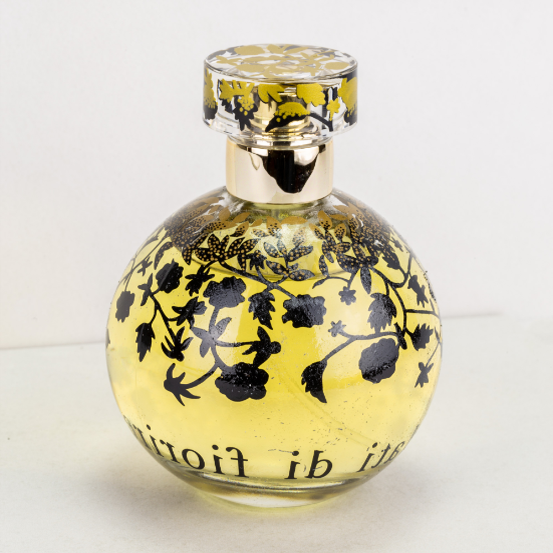
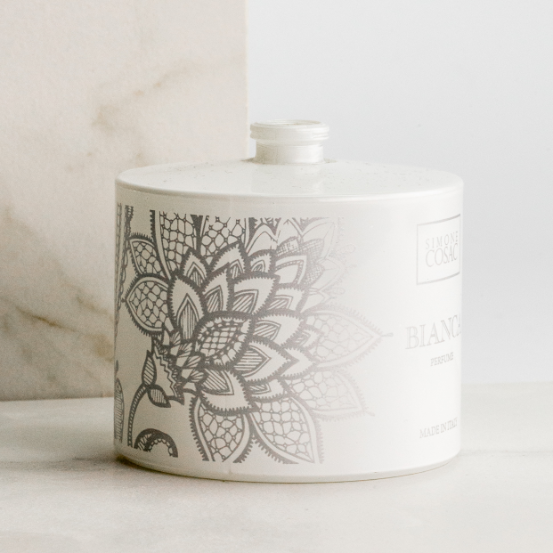

On Porcelain
Our porcelain decorations are resistant to washing in the dishwasher and to the wear and tear of the pace of catering.
In this case, the silk-screen printing takes place with decalcomania, third fire firing (approximately 800°C) and with the over-under glaze technique (up to approximately 1200°C).

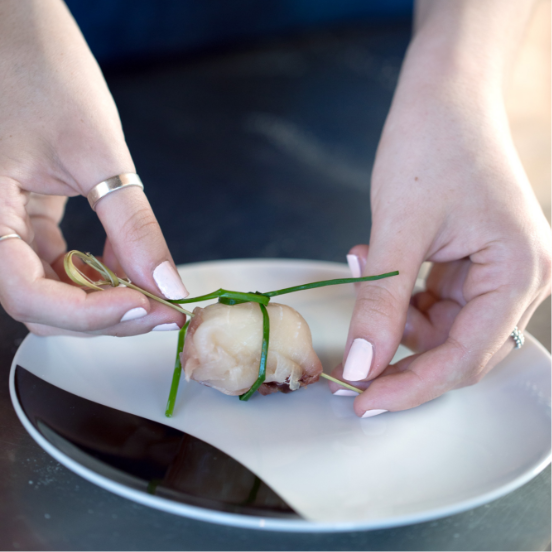
Grinding

Glass grinding is an ancient technique that has always been carried out in an artisanal way by master grinders. Through the smoothing action of special stone wheels in contact with the glass surface, an incision is created.
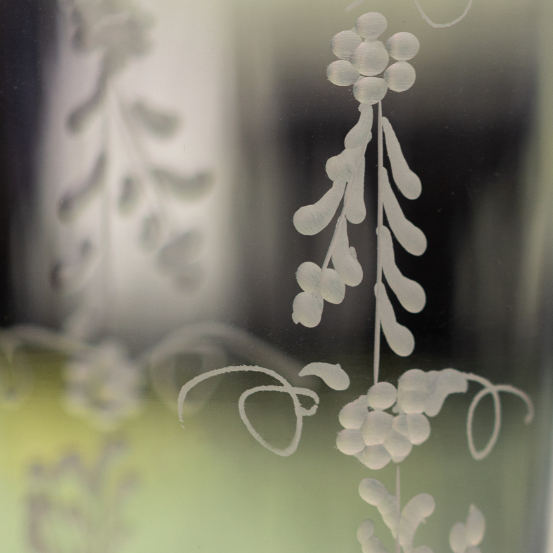


The artisanal gesture of the grinder who “places” the glass on the “grinder” outlines the more or less deep design depending on the pressure exerted, and more or less elaborate. The resulting opaque engraving can in some cases be polished – always by hand – with a new pass on a cork wheel.


The imagination and skill of the grinder are fundamental for this artistic workmanship linked to traditional techniques that we strive to keep alive every day.
Painting
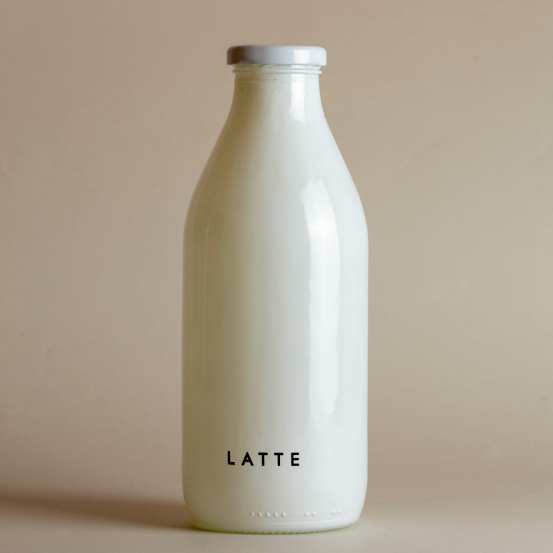
Glass painting is a rather recent technique, born thanks to post-World War II tools and technologies. Through the use of an airbrush, special colors are applied to the articles, suitable for contact with food and particularly suitable for the world of packaging.



With painting it is possible to obtain covering, shading or color transparencies effects.

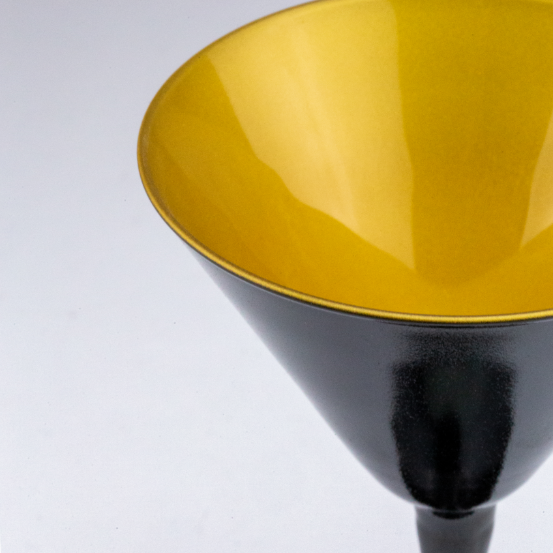
Painting is the technique that allows the glass object to be transformed and decorated infinitely, therefore suitable for the most diverse sectors. Organic, lustrous or baked colors are used depending on the process to be carried out.
The brush decoration


Together with grinding, the brush decoration technique is the oldest and most traditional of the techniques. Since ancient times it has been customary to decorate glass, ceramic or porcelain tableware using the brush, where the skill and skill of the master craftsman gave artistic value to everyday objects.
In our laboratory we often use it for edging with precious metals, a type of decoration that maintains its charm unchanged.


Laser printing


Laser printing stands out from traditional printing techniques thanks to its high-precision engraving capacity with which it can create particularly detailed designs, personalizing any type of glass or other material.
The sharpness of the details obtained with laser printing is astonishing and gives a refined and professional look to personalized products.


CE weight line


Our company is able to create products with a CE weight line that comply with the provisions of the MID Directive (Measuring Instruments Directive)

